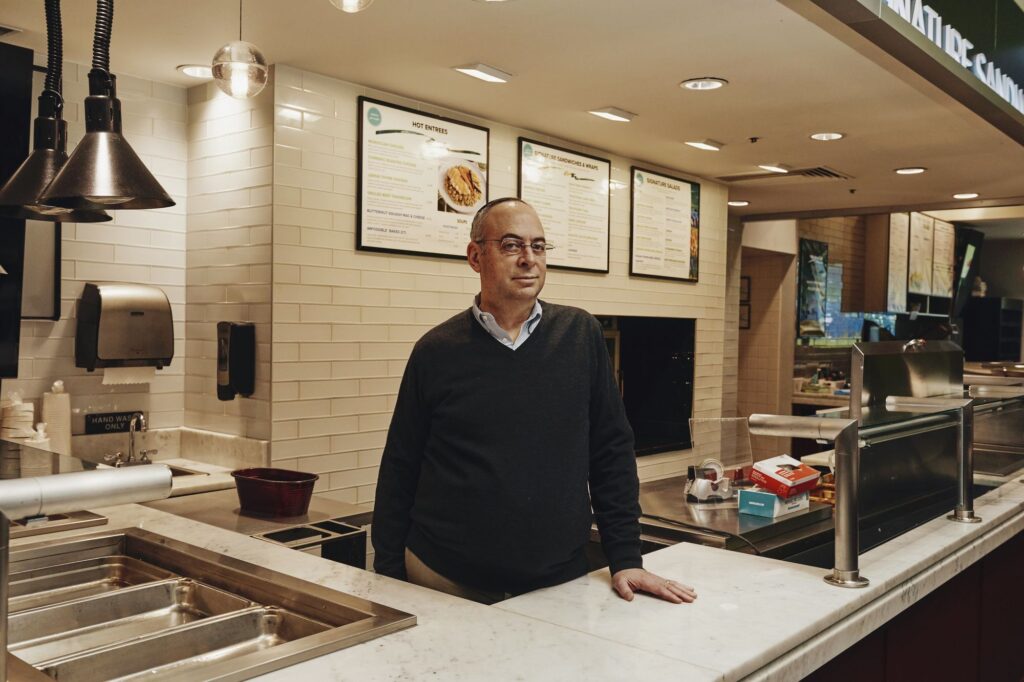
Nick Timiraos, chief economics correspondent for the Wall Street Journal recently interviewed Vista’s CEO John Steinmetz with questions about the Main Street Lending Program. The final story also featuring Eric Rosengren, president of the Federal Reserve Bank of Boston, Senator Pat Toomey, and Fed Chairman Jerome Powell focused on the aim of the program, bank participation, impact on small and middle-market businesses and its pending conclusion. Snippets are here with a link to the full story provided at the end.
By Nick Timiraos
Jan. 4, 2021 10:34 am ET
In the depths of the financial panic from Covid-19 last year, the Federal Reserve offered to lend to a wide swath of businesses—something it had never done before. Yet it struggled to find takers.
The Main Street Lending Program aimed to help pandemic-hit businesses that were too small to borrow in the bond market but might need more help than a small-business loan from the popular Paycheck Protection Program.
“There was a program here that looked nice on paper, but in practicality, it has not worked,” said Mike Cazaz, chief executive of Werner Aero Services, a New Jersey supplier of aircraft engines and parts that couldn’t get a loan under the program.
Washington was happy to rely on the Fed because it had the chops to get a program for medium-size businesses up and running fast. Its apolitical reputation reduced concern about loans being steered to big donors. The Treasury Department became a Fed partner to absorb any loan losses.
But the experience revealed the limitations of running a relief program through the Fed and exposed gaps in the government’s ability to deliver aid to companies that can’t raise money on Wall Street. For months, many banks weren’t interested in participating. Demand picked up only in recent weeks after word came that the program would be ending.
“There is a cost if, whenever we have [financial panics], we do programs that only help large institutions, because in the long run that makes it much riskier to be a small or medium-size firm,” said Eric Rosengren, president of the Federal Reserve Bank of Boston, which has administered the Main Street program. Many such businesses could fall through the cracks, he said, accelerating a long-running consolidation in which larger companies with access to low-cost credit increase market share.
When the pandemic struck, the Fed launched a suite of emergency loan programs. It went beyond its core mission as lender of last resort to the banking system by becoming a commercial lender, a role its leaders had long resisted for fear of being pulled deeper into politics. The Fed initially saw the situation as desperate, its other tools were exhausted and it wanted to show it could help those beyond Wall Street.
In the recently enacted $900 billion Covid aid bill, Congress rescinded $429 billion it had provided for the Fed programs.
The bill provided $325 billion in additional small-business aid, plus $15 billion for movie theaters and live-entertainment venues. To process a last-minute crush of Main Street loans approved in December, the Fed and Treasury extended the program’s termination date to Jan. 8.
The program would have reached more borrowers if it had been extended into 2021, said John Steinmetz, chief executive of Vista Bank, a $1.3 billion community bank in Dallas that completed 79 Main Street loans. “We had to turn away several at the end that were good candidates,” he said.
Click here for the full story.
